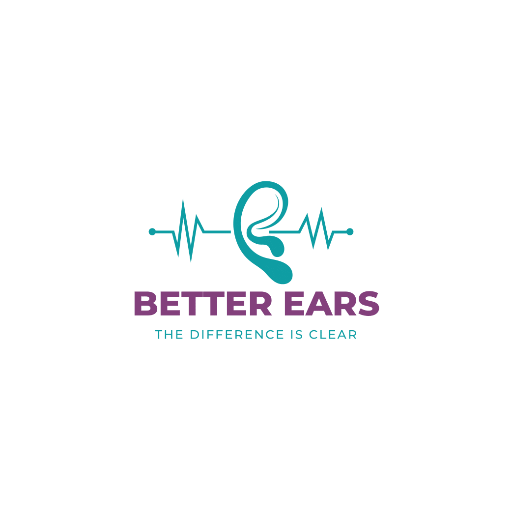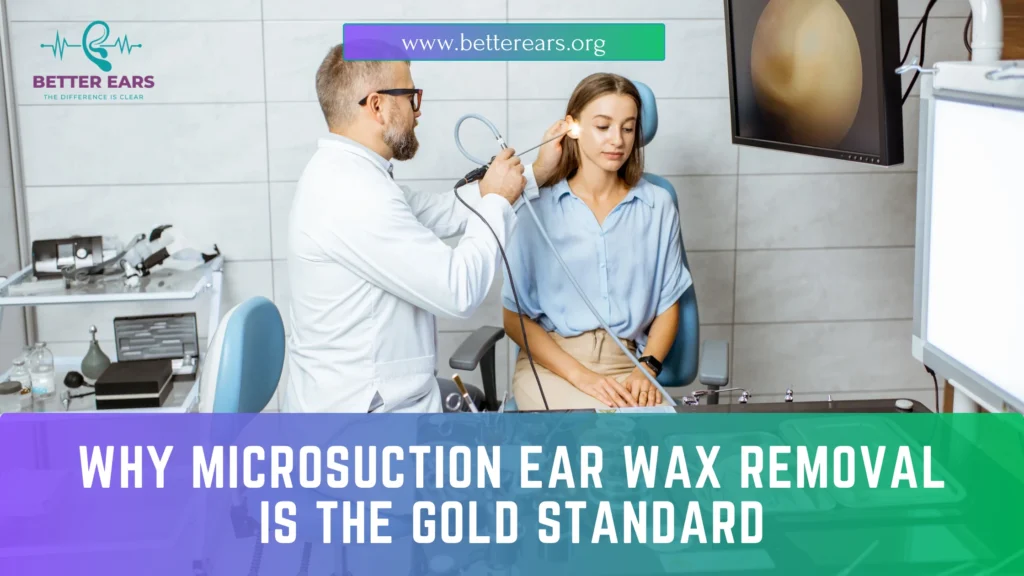
Introduction
Ear health is something most of us don’t think about until there’s a problem. Whether it’s muffled hearing, ringing in the ears, discomfort, or recurring blockages, earwax build-up can be both frustrating and worrying. In the UK, more and more people are turning to professional earwax removal to keep their hearing clear and healthy. But with so many methods advertised — from traditional syringing to DIY kits, and even “natural remedies” like ear candling — it’s essential to know what’s truly safe and effective.
That’s where microsuction comes in. Microsuction is now widely recognised as the gold standard for earwax removal in the UK. It is quick, painless, safe, and effective, and is recommended by ear specialists and audiologists.
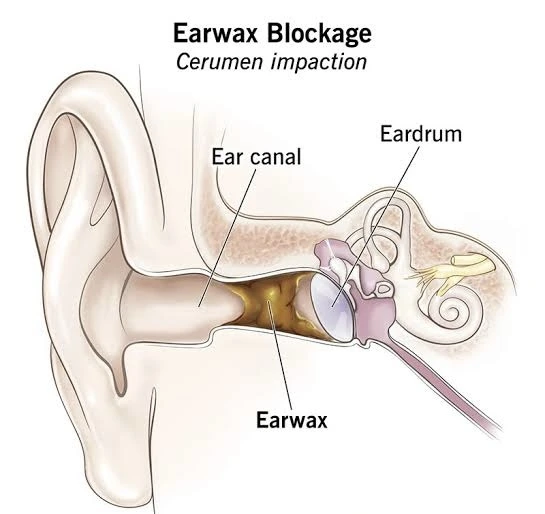
In this ultimate guide, we’ll explore everything you need to know about earwax, why it builds up, the different removal methods available, and why microsuction is the safest option. We’ll also explain how Better Ears is making ear care more accessible than ever with both clinic appointments and home services across the UK.
What is Earwax and Why Do We Have It?
Earwax, or cerumen, is a natural substance produced by glands in the ear canal. It serves an important purpose:
- Protects the ear canal from dust, bacteria, and foreign particles
- Moisturises the skin of the ear canal, preventing dryness and irritation
- Acts as a natural barrier to keep the ear healthy
Normally, earwax makes its way out of the ear canal naturally. But sometimes, it can build up and become impacted.
Why Earwax Build-Up Happens
Earwax blockage can occur for many reasons, including:
- Narrow ear canals (some people are simply more prone to it)
- Overproduction of wax
- Use of hearing aids or earplugs, which can push wax deeper
- Cotton buds/Q-tips — instead of cleaning, these often compact the wax
- Ageing — earwax can become drier and harder with age
Symptoms of earwax build-up include:
- Muffled or reduced hearing
- Earache or discomfort
- Ringing in the ears (tinnitus)
- Dizziness or imbalance
- Itching or irritation
If left untreated, impacted earwax can cause infections and long-term hearing problems.

Common Methods of Earwax Removal in the UK
When earwax becomes a problem, people often look for ways to remove it. Let’s look at the most common methods:
1. Ear Syringing (Water Irrigation)
This method uses a jet of water to flush out earwax. While once common, it’s now less recommended because it can:
- Push wax deeper into the ear
- Cause ear infections
- Damage the eardrum if done incorrectly
2. Ear Drops and DIY Kits
Over-the-counter drops can soften wax, helping it come out naturally. However:
- They often don’t remove the wax completely
- They may take several days to work
- DIY kits carry risks if used improperly
3. Ear Candling
Ear candling involves placing a hollow candle in the ear and lighting it, supposedly to draw out wax. This method is not recommended by healthcare professionals because:
- It is ineffective — studies show it does not remove earwax
- It is dangerous — risks include burns, ear canal injury, and wax from the candle dripping inside the ear
4. Microsuction (The Gold Standard)
Microsuction uses a gentle medical suction device to remove wax under direct vision with a microscope or magnifying light. It is:
- Safe and precise
- Quick and comfortable
- Suitable for sensitive ears, children, and hearing aid users
- Recommended by ENT specialists and audiologists
Microsuction vs Ear Candling
It’s important to highlight the difference between microsuction vs ear candling:
- Microsuction: Performed by trained professionals, clinically safe, quick, and effective.
- Ear Candling: Not medically supported, ineffective, and potentially harmful.
If you’re serious about your ear health, microsuction is the only trusted option.

Why Microsuction is the Gold Standard in the UK
Healthcare professionals across the UK recommend microsuction as the best method for earwax removal. Here’s why:
- Safe and gentle: No water, no pressure, just gentle suction
- Instant results: Clear hearing restored immediately
- Minimal risk: Unlike syringing or candling, it doesn’t risk damaging the eardrum
- Comfortable: Most people experience no pain, only relief
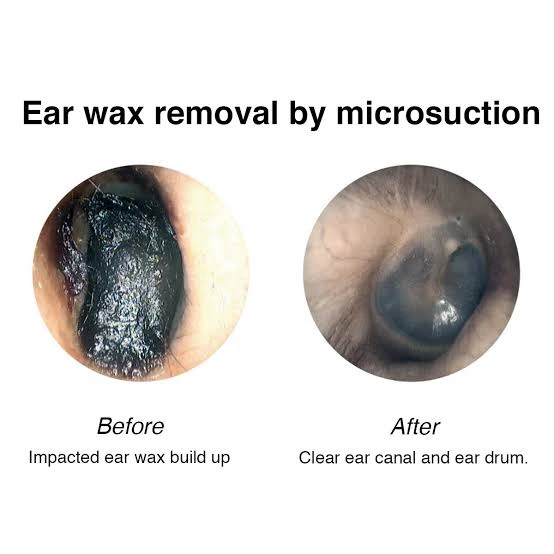
Better Ears: Professional Ear Care Across the UK
At Better Ears, we specialise in professional earwax removal using microsuction. Our services are available across the UK in two ways:
- Clinic appointments: Visit one of our professional ear care clinics
- Home visits: Enjoy expert care in the comfort of your own home
We understand that ear problems can be uncomfortable and disruptive, which is why we offer flexible booking, affordable pricing, and a caring, professional service.
When Should You Seek Professional Help?
You should book an appointment for earwax removal if you experience:
- Sudden or gradual hearing loss
- Persistent earache
- Blocked sensation in the ears
- Tinnitus (ringing in the ears)
- Dizziness or balance problems
Avoid trying to remove wax yourself with cotton buds, hairpins, or other objects — this can push wax deeper and cause damage.
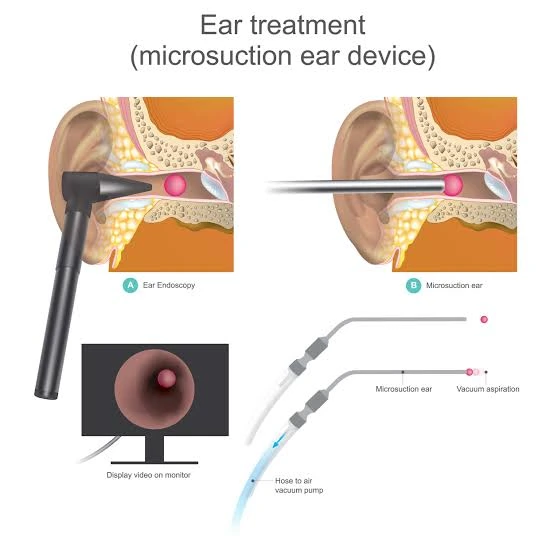
FAQs About Microsuction
Is microsuction painful?
No, it is usually painless. Some people may feel a slight suction sensation.
How long does it take?
Most appointments take only 15–30 minutes.
Is it safe for children?
Yes, microsuction is safe and recommended for children with earwax issues.
Can I book a home visit?
Yes, Better Ears offers home visits across the UK for your convenience.

Conclusion
Healthy ears mean better hearing and a better quality of life. With so many myths and unsafe methods out there, it’s important to choose ear care you can trust.
Microsuction is the gold standard for safe, effective, and comfortable earwax removal in the UK. Unlike ear candling and syringing, it is backed by medical professionals and delivers instant relief.
At Better Ears, we’re here to provide expert ear care whenever you need it — at our clinics or in your own home.
Call to Action
👉 Book your professional microsuction appointment today with Better Ears!
Healthy ears = happier you. Book your appointment today to make it happen!
